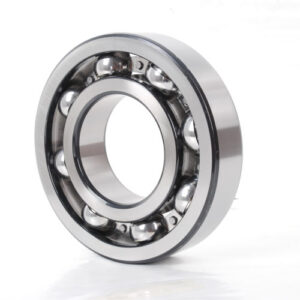life
Under a certain load, the number of revolutions or hours experienced by the bearing before pitting occurs is called the bearing life.

The life of rolling bearings is defined by the number of revolutions (or the number of hours of work at a certain speed): bearings within this life should have initial fatigue damage (flaking or defect) on any of their bearing rings or rolling elements. However, no matter in the laboratory test or in actual use, it can be clearly seen that the actual life of bearings with the same appearance under the same working conditions is quite different. In addition, there are several different definitions of bearing “life”, one of which is the so-called “operating life”, which indicates that the actual life a china bearing can achieve before failure is caused by wear, damage is usually not caused by fatigue, but Caused by wear, corrosion, seal damage, etc.
Relating bearing life to reliability in order to determine criteria for bearing life
Due to the difference in manufacturing precision and material uniformity, even the same batch of bearings of the same material and size are used under the same working conditions, and their service life is not the same. If the statistical life is 1 unit, the longest relative life is 4 units, the shortest is 0.1-0.2 units, and the ratio of the longest to the shortest life is 20-40 times. 90% of the bearings do not produce pitting, and the number of revolutions or hours experienced is called the bearing rating life.
